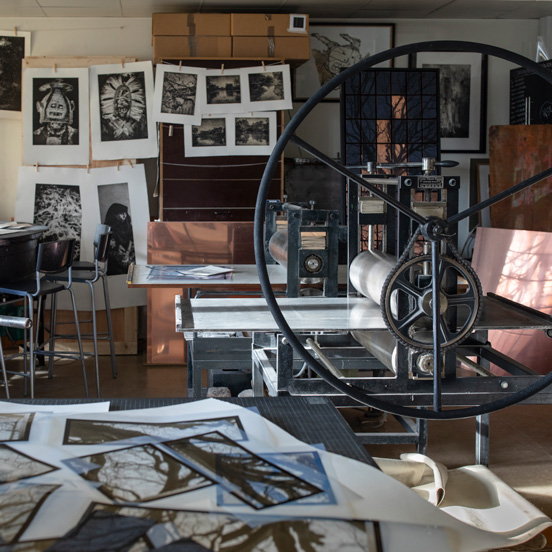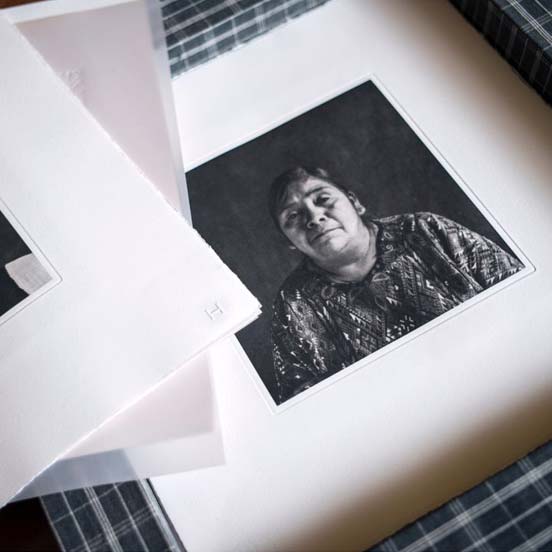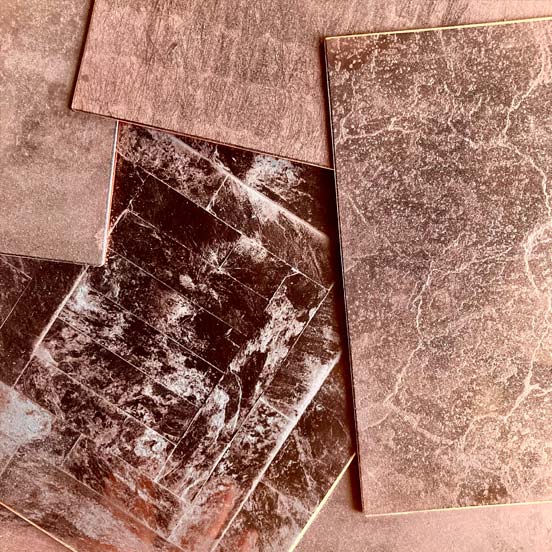Grain photogravure is a 19th century process used to transfer a photographic image onto a copper plate using photosensitive gelatin. It is considered the most beautiful way to print photographic images.
Photogravure has played an essential role in the discovering of photography, to which its history remains closely linked. It was Niepce who, around 1826, laid the foundations of photomechanical processes by discovering the photosensitive properties of bitumen of Judea making the first photomechanical reproduction, engraving the Cardinal of Amboise on a tin plate.

For almost 50 years, the process was improved by Talbot, Nègre and other great photography pioneers. It was in 1879 that the Viennese printer Karl Klic, taking over the work of Talbot, Poitevin, Swan and Nègre, came up with the process photogravure to produce an image with subtle grayscales from engraved matrices.
Photographers such as Peter Henry Emerson, Alfred Stieglitz, Alvin Langdon Coburn or Edward Curtis, seduced by the qualities of this method, chose this as their preferred method to realize most their prints.
At the same time, this magnificent know-how was put at the service of traditional art by finally allowing a faithful reproduction of the pieces – drawings, paintings and sculptures.
Since the end of the Second World War, photogravure has been performed by only a few workshops in the world, whilst remaining in the eyes of photographers the finest process for transcribing their images.

Since 2000, Fanny Boucher has been making engravings and artists’ books on commission. She adjusts her work to the expectations of the artists for whom she engraves and prints.
She offers them her expertise, models it and recreates it for each new production.
Since 2020, Fanny Boucher has extended her expertise to interior design and architecture industry.
She brings her expertise to architects, decorators and designers through the creation of unique creations in the field of interior design: wall compositions, furniture pieces, lighting, tableware…
